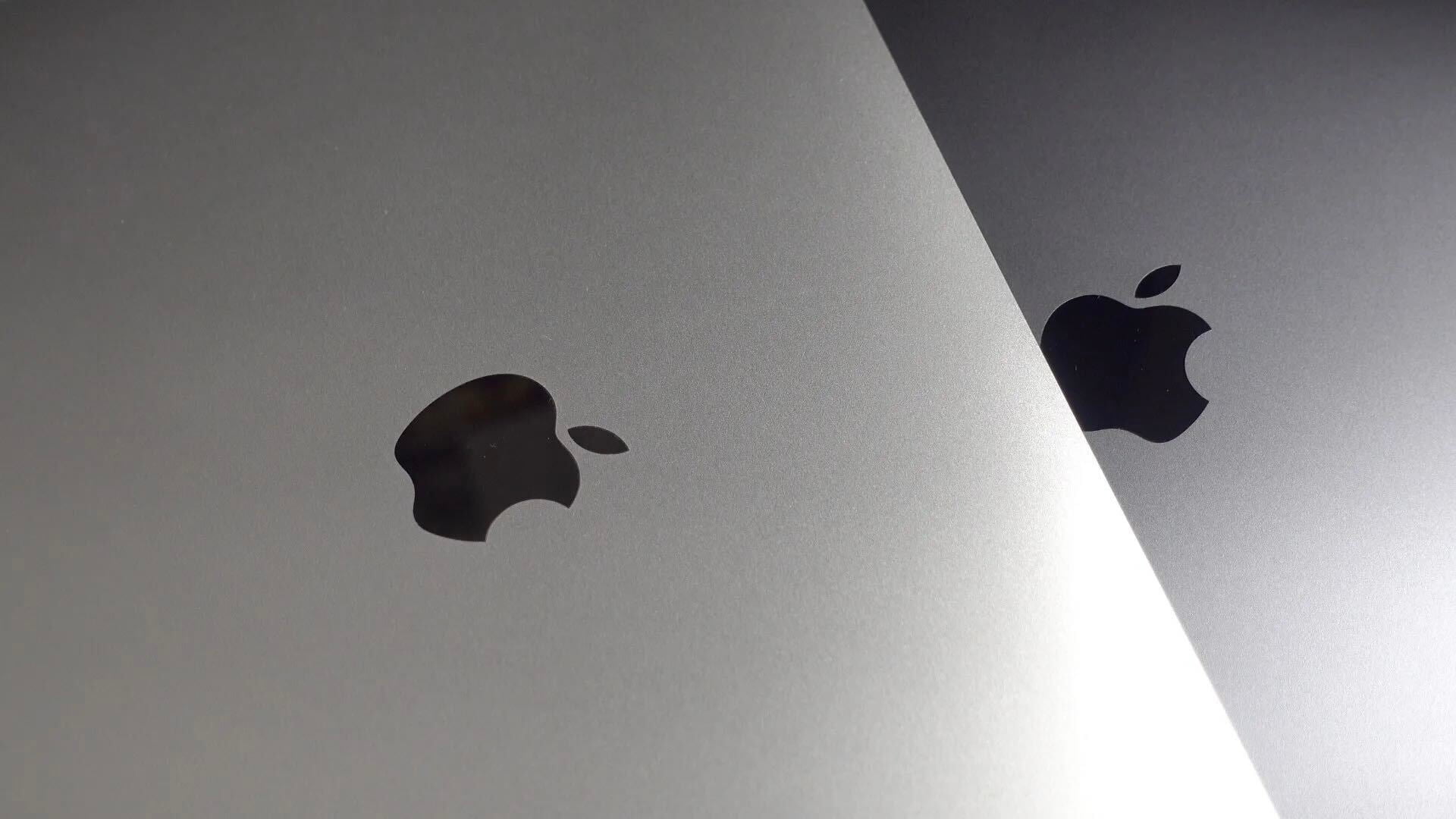
DxOMark today revealed their official score for rating the iPhone XR’s sole rear camera, awarding the shooter a mark of 101, the highest ever for a single-lens smartphone. The score even got Apple’s Marketing chief Phil Schiller’s Tweet of approval, which is notable because previous DxOMark’s often ambiguous scores were disavowed by many in the Apple community after the company often rated relatively inexpensive Android phones consistently higher than flagship iPhones.
From Daring Fireball’s John Gruber:
There are certain aspects of a camera that you can measure objectively, but the overall quality of a camera is utterly subjective. Go read John Paczkowski’s interview with Phil Schiller and Apple designer Johnnie Manzari — they talk about how Apple sees cameras as being about art, history, and people.
Particularly with their “overall” score, DXO is pretending to assign an objective scientific-looking measurement to something that is inherently subjective. It’s horseshit, but everyone in the media falls for it. I said it was horseshit last year when they named a Pixel their “highest rated ever”, and I say it’s bullshit now when they said that about an iPhone.
Before you wonder where the Google Pixel 3 plays into this, it’s important to note DxOMark’s latest Pixel camera review is for the Pixel 2, so while a future Pixel 3 review might likely boot the XR from its top spot, for now it reigns supreme.
Though todays’s report cements iPhone XR as the best single-lens shooter, the highest DxO-rated camera isn’t even the iPhone XS and XS Max, it’s the Huawei Mate Pro 20, which features a mind-numbing triple rear camera setup and achieved a total score of 109, 4 points above the iPhone XS.
Apple seemingly embracing the score is what is newsworthy here. Some will say that Apple and its media proxies are being hypocritical here, cherry picking when the iPhone scores the top mark and disavowing DxO when it doesn’t. Others offer the theory that DxO sells an iPhone camera attachment which would encourage it to artificially lower the Apple score to encourage people to buy its accessory.
Whatever the case, Apple now seems to be promoting its score so we’ll do the same.
https://twitter.com/pschiller/status/1070909342667354112
Remember, it’s critical to note these scores are not based out of 100 or anything of that sort, rather, photo and video samples are evaluated and then scored before most high-end mobile cameras land in around the high 90s — low 100s.
For comparisons sake, here is DxO comparing the XR to the XS Max and Pixel 2.
- iPhone XR (HDR)
- iPhone XS Max (HDR)
- Pixel 2 (HDR)
Also for the record, DxO lays out its score thusly:
What does the DxOMark Score for lenses (with camera) show?
- DxOMark Score shows:
- The amount of information captured by the lens for a given camera.
- How well the lens and camera perform together.
- DxOMark Score does not show:
- The intrinsic quality of the camera sensor.
- The camera sensor’s performance under high-light conditions.
Key points about DxOMark Score design:
The DxOMark Score reports on an average performance of lenses with camera for a defined use case.
- The DxOMark Score corresponds to an average of the optimal quantity of information that the camera can capture for each focal.The quantity of information is calculated for each focal length/aperture combination, and the highest values for each focal are weighted to compute the DxOMark Score.
- DxOMark Score is based on low-light conditions (150 lux and 1/60s exposure time). We chose these conditions because we believe low-light performance is very important in photography today, and because photographers need to know how well lenses perform at their widest aperture. Lenses with a high f-number are usually more expensive, so photographers want to know if the performance is worth the expense. The score does not account for depth of field, and only considers performance at best focus.
- DxOMark Score is a linear scale related to the largest print size that provides excellent quality. Doubling the size of the print requires doubling the DxOMark Score. A difference in scores of less than 10% can be considered irrelevant.
- DxOMark Score is an open scale, limited by the lens and camera resolution, and by sensor noise. As we can expect these to improve, the maximum DxOMark Score is bound to increase.
Read more on the reasoning behind the DxOMark Score
FTC: We use income earning auto affiliate links. More.




Comments